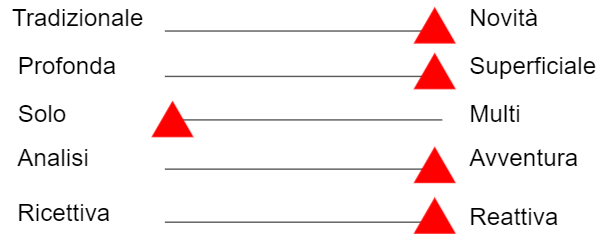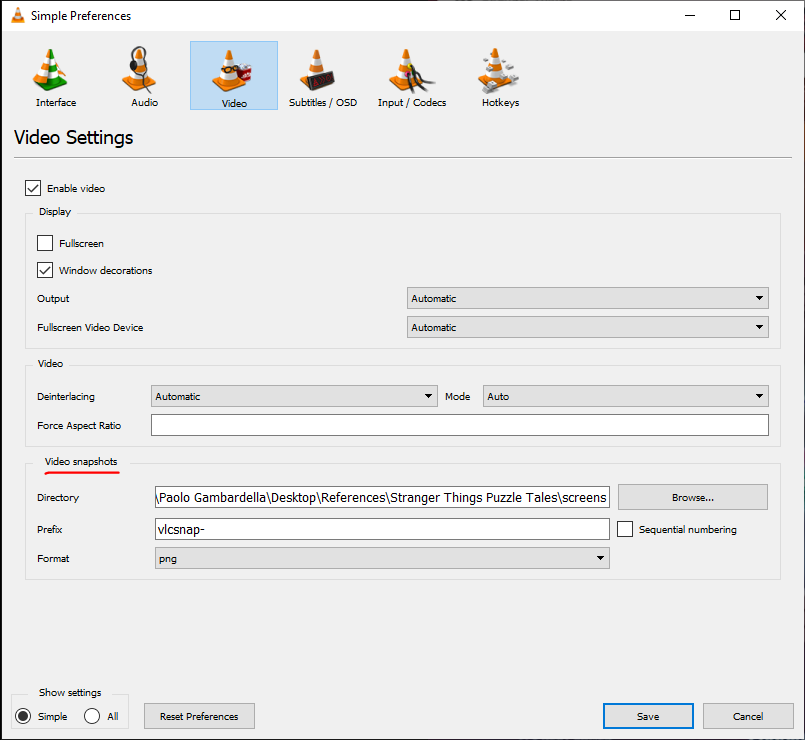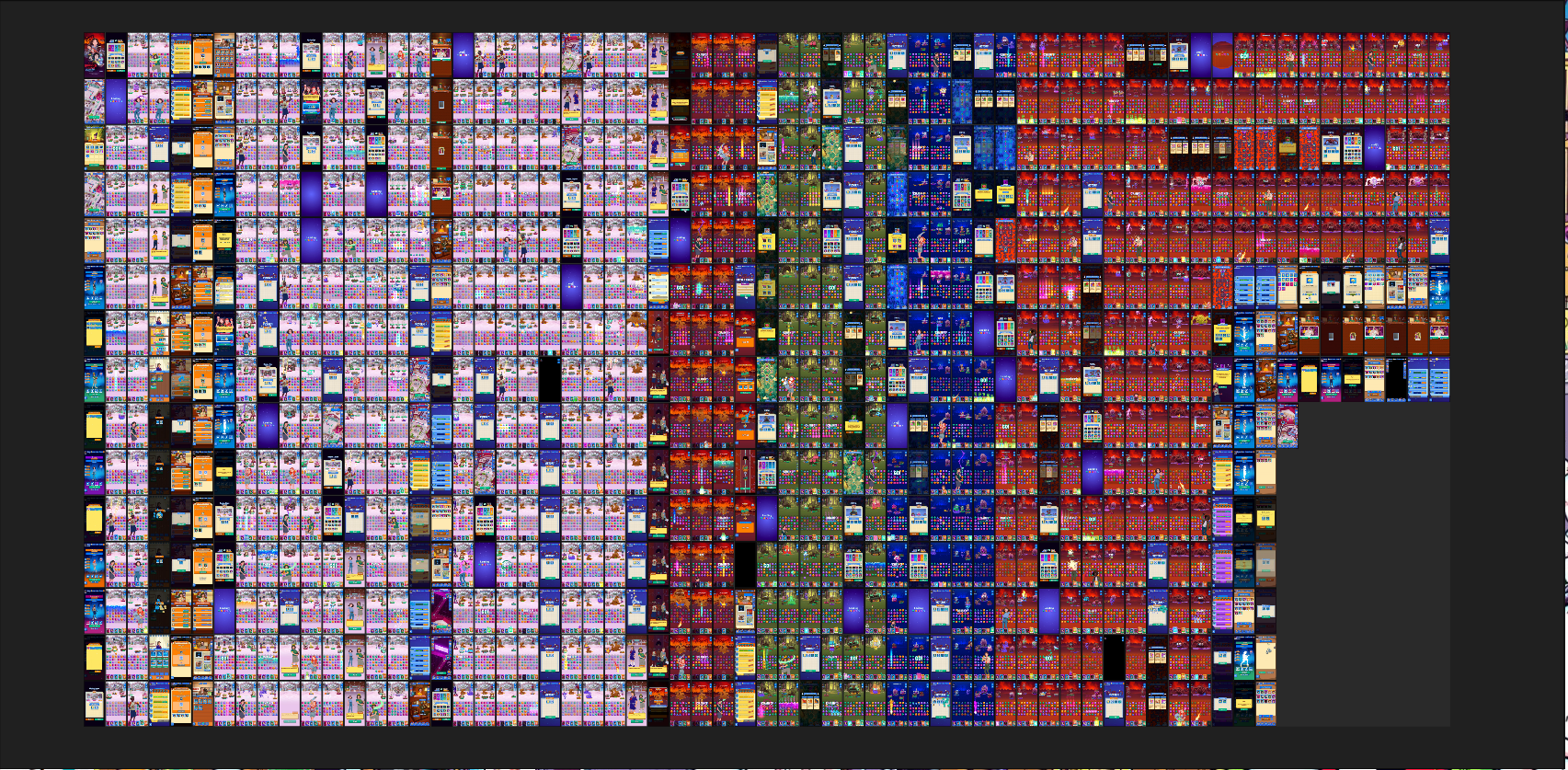One of the things I wanted to understand earlier when I started working as a game designer is that part of the job is making your boss successful.
Your boss could be the founder of the company you work for, in the case of small businesses. In this case, he will likely have to be accountable to investors. Try to understand the pressure he has and adapt your proposals to it.
It is not important in the profession to be right. The important thing is to deliver the things done. It does not matter that your idea is not accepted, very often there is an external pressure that causes them to take paths that may seem wrong.
Better to make our proposals, but willingly accept the impositions. The facts may prove us right, or we may discover other things we have ignored.
If your boss is a more technical person, better focus on trying to guide him on the more business side. We try to understand the context in which we work and which solutions can be simpler and faster to implement. Our importance in the team will increase!
If your boss is a manager, or a person who generally reports to the CEO or some other manager, it is appropriate to accompany our proposals with spreadsheets with numbers that we can generate. Money, or success metrics!
We must try hard to deliver these numbers, otherwise we risk our proposals being rejected because our boss is unable to defend them properly to superiors.
It is important to empathize with our leaders and understand what profile they have. If they are successful, we’ll be that too!



